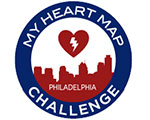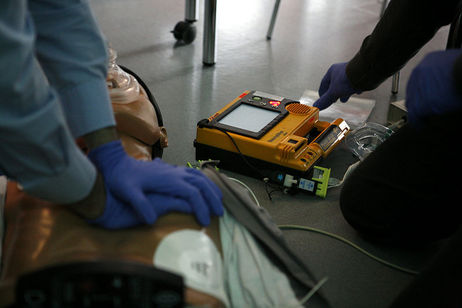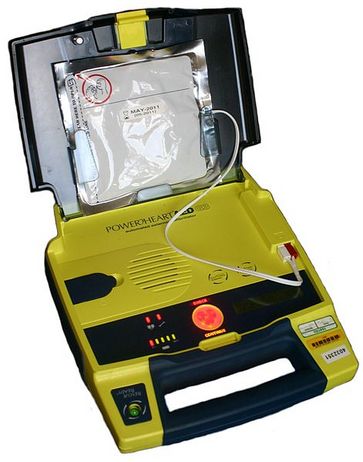Crowdsourcing to Save Lives
Published Aug-10-13Breakthrough:
A crowdsourcing project to find Philadelphia’s defibrillators, and improve the likelihood of people using them during emergency situations.
Company:
Penn Medicine, United States
The Story:
 Automated external defibrillators (AEDs) are portable electronic devices that can save lives by jump starting a heart in cardiac arrest and returning it to its normal rhythm. In the United States, as in some other countries they are placed in public buildings such as shopping malls, offices, and gyms. They come with instruction so that anyone can use them - that is if they can find them.
Automated external defibrillators (AEDs) are portable electronic devices that can save lives by jump starting a heart in cardiac arrest and returning it to its normal rhythm. In the United States, as in some other countries they are placed in public buildings such as shopping malls, offices, and gyms. They come with instruction so that anyone can use them - that is if they can find them. It has been estimated that of the 200,00 plus reports of people collapsing suddenly because of cardiac arrest, AEDs are only used to help fewer than 5% of victims. One of the reasons for this is the difficulty of actually locating the devices.
MyHeartMap Challenge
To help improve the situation researchers from the University of Pennsylvania created a crowdsourcing project - the MyHeartMap Challenge – to hunt down and map all the automated external defibrillators in Philadelphia. Cash prizes were on offer for people who found the most devices.
For eight weeks, more than 300 teams and individuals searched high and low for the city's AEDs. They photographed them on their cell phones, recorded their GPS coordinates, and made note of a number of details about the buildings they were housed in. Participants were also encouraged to use social media to ask their network to help find the AEDs.
Hundreds of AEDs Located
The result: more than 1,400 devices were discovered in over 800 buildings covering almost every part of the city. Many of the devices were found in difficult to reach places such as in basements and closets. One was even found in a padlocked container.
Instead of one overall winner, the contest decided to award two first place positions. Jennifer Yuan, an IT communications analyst, and Jack Creighton, an athletic director at Frankford High School, were given $9,000 each. The competitors located more than 400 AEDs each.
According to Yuan, if you are going to collapse outside in Philadelphia the best place to do it is in the block by the Federal Reserve. That's because every building there had devices.
"Finding AEDs during this contest was a very hard task — many AEDs, we found, are in places people wouldn't think to look during an emergency," says MyHeartMap Challenge director Raina Merchant, MD, an assistant professor of Emergency Medicine in the Perelman School of Medicine.
"We're so impressed with the creative ways people sought out devices and provided us with information that we'll now be able to ensure that these devices are in the right place to save lives."
Releasing the Data
The next task that faced researchers was validating the findings and compiling an AED database in an app for members of the public and the emergency services. This can be useful if someone calls 911 to report that a person has just collapsed. They can be pointed to their nearest AED to administer aid before the paramedics arrive.
According to research from the Perelman School of Medicine at the University of Pennsylvania, 75 per cent of cardiac arrest victims are too far away from an automated external defibrillator for it to be obtained quickly enough.
The crowdsourcing map of AED locations not only helped to raise awareness of the access problem, but also highlighted the need to place AEDs in more strategic places – not locked away where no one can find them.
Next Story »


